Lixisenatide
- CAS NO.:320367-13-3
- Empirical Formula: C215H347N61O65S
- Molecular Weight: 4858.53
- MDL number: MFCD13194768
- SAFETY DATA SHEET (SDS)
- Update Date: 2024-11-13 11:39:26
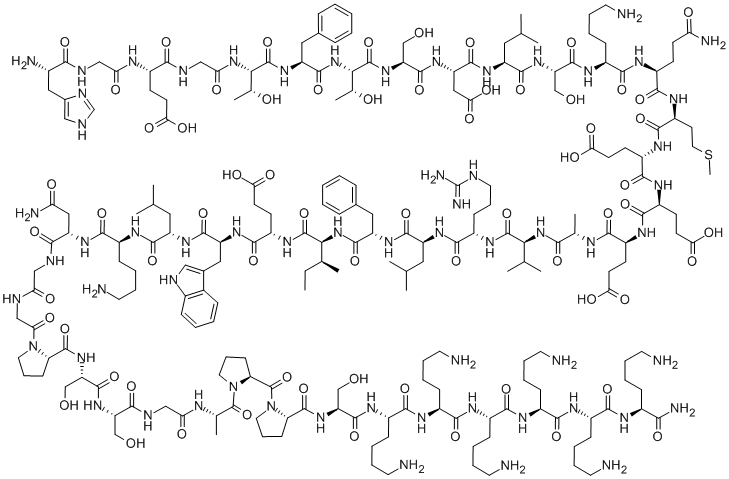
What is Lixisenatide?
Description
Lixisenatide injection is used to treat type 2 diabetes mellitus. Lixisenatide is used together with diet and exercise to help control your blood sugar. This medicine is a glucagon-like peptide-1 (GLP-1) receptor agonist.
History
Lixisenatide (brand name Lyxumia), has been available since 2013 in many other countries. It is now the fifth GLP-1 receptor agonist to be approved in the United States.
The Uses of Lixisenatide
Lixisenatide injection is used along with diet and exercise to treat type 2 diabetes (condition in which the body does not use insulin normally and therefore cannot control the amount of sugar in the blood). Lixisenatide injection is not used to treat type 1 diabetes (condition in which the body does not produce insulin and therefore cannot control the amount of sugar in the blood). Lixisenatide is not used instead of insulin to treat people with diabetes who need insulin. Lixisenatide injection is in a class of medications called incretin mimetics. It works by stimulating the pancreas to secrete insulin when blood sugar levels are high. Insulin helps move sugar from the blood into other body tissues where it is used for energy. Lixisenatide injection also slows the emptying of the stomach and causes a decrease in appetite.
Indications
Both Adlyxin and Soliqua 100/33 are FDA-approved as adjunct to diet and exercise to improve glycemic control in adults with type 2 diabetes mellitus. Soliqua 100/33 is indicated specifically in those inadequately controlled on basal insulin (less than 60 units daily) or lixisenatide.
Definition
ChEBI: Lixisenatide is a forty-four membered polypeptide consisting of L-His, Gly, L-Glu, Gly, L-Thr, L-Phe, L-Thr, L-Ser, L-Asp, L-Leu, L-Ser, L-Lys, L-Gln, L-Met, L-Glu, L-Glu, L-Glu, L-Ala, L-Val, L-Arg, L-Leu, L-Phe, L-Ile, L-Glu, L-Trp, L-Leu, L-Lys, L-Asn, Gly, Gly, LPro, L-Ser, L-Ser, Gly, L-Ala, L-Pro, L-Pro, L-Ser, L-Lys, L-Lys, L-Lys, L-Lys, L-Lys, and L-Lys-NH2 residues joined in sequence. Used as an adjunct to diet and exercise for the treatment of adults with type II diabetes. It has a role as a glucagon-like peptide-1 receptor agonist, a hypoglycemic agent and a neuroprotective agent. It is a polypeptide and a peptidyl amide.
Mechanism of action
Lixisenatide is a GLP-1 receptor agonist that works by increasing glucose-dependent insulin release, decreasing glucagon secretion, and slowing gastric emptying.Insulin glargine works through regulation of glucose metabolism. Specifically, insulin lowers blood glucose by stimulating peripheral glucose uptake, especially by skeletal muscle and fat, and by inhibiting hepatic glucose production.
Pharmacology
Lixisenatide acts as an agonist at the GLP-1 receptor. In the pancreas, this agonism results in increased glucose-stimulated insulin exocytosis by beta islet cells. This produces a reduction in blood glucose due to increased glucose uptake by tissues 1. GLP-1 receptor activation in the GI tract results in delayed gastric emptying which is thought to mediate the effects of lixisenatide on postprandial blood glucose.
Safety
The most common adverse reactions associated with lixisenatide during clinical trials were hypoglycemia, allergic reactions, nausea, nasopharyngitis, upper respiratory tract infection, and headache.
Properties of Lixisenatide
| storage temp. | Store at -20°C |
| solubility | Water:103.0(Max Conc. mg/mL);21.2(Max Conc. mM) |
| form | Solid |
| color | White to pink |
| CAS DataBase Reference | 320367-13-3 |
Safety information for Lixisenatide
Computed Descriptors for Lixisenatide
| InChIKey | XVVOERDUTLJJHN-JXBMKTOPNA-N |
New Products
Tert-butyl bis(2-chloroethyl)carbamate 4-Methylphenylacetic acid N-Boc-D-alaninol N-BOC-D/L-ALANINOL N-octanoyl benzotriazole 3-Morpholino-1-(4-nitrophenyl)-5,6-dihydropyridin- 2(1H)-one Furan-2,5-Dicarboxylic Acid DIETHYL AMINOMALONATE HYDROCHLORIDE 1,1’-CARBONYLDIIMIDAZOLE R-2-BENZYLOXY PROPIONIC ACID 1,1’-CARBONYLDI (1,2-4 TRIAZOLE) N-METHYL INDAZOLE-3-CARBOXYLIC ACID (2-Hydroxyphenyl)acetonitrile 4-Bromopyrazole 5-BROMO-2CYANO PYRIDINE 5,6-Dimethoxyindanone 5-broMo-2-chloro-N-cyclopentylpyriMidin-4-aMine 2-(Cyanocyclohexyl)acetic acid 4-methoxy-3,5-dinitropyridine 1-(4-(aminomethyl)benzyl)urea hydrochloride 2-aminopropyl benzoate hydrochloride diethyl 2-(2-((tertbutoxycarbonyl)amino) ethyl)malonate tert-butyl 4- (ureidomethyl)benzylcarbamate Ethyl-2-chloro((4-methoxyphenyl)hydrazono)acetateRelated products of tetrahydrofuran
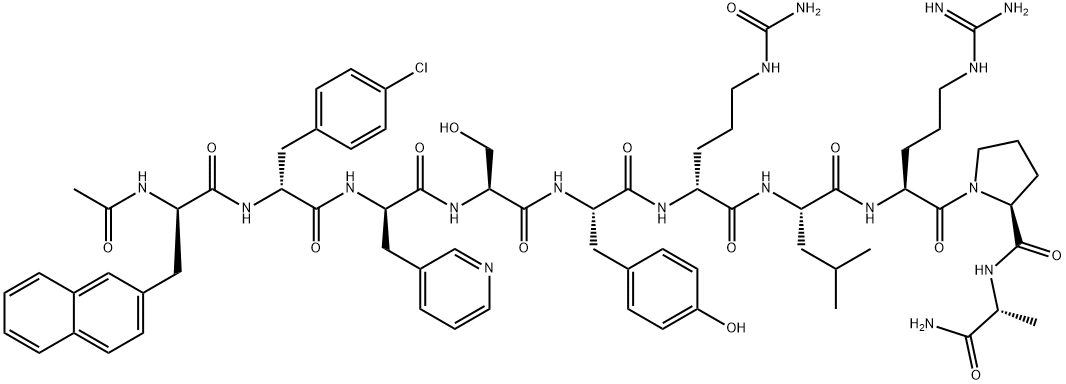
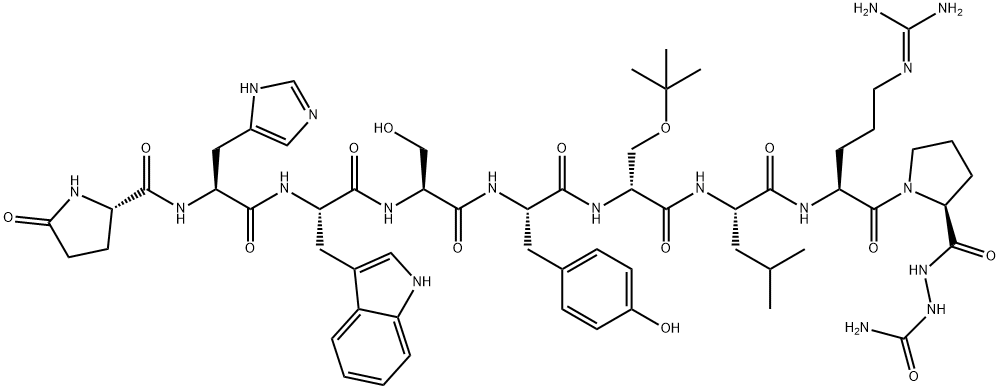
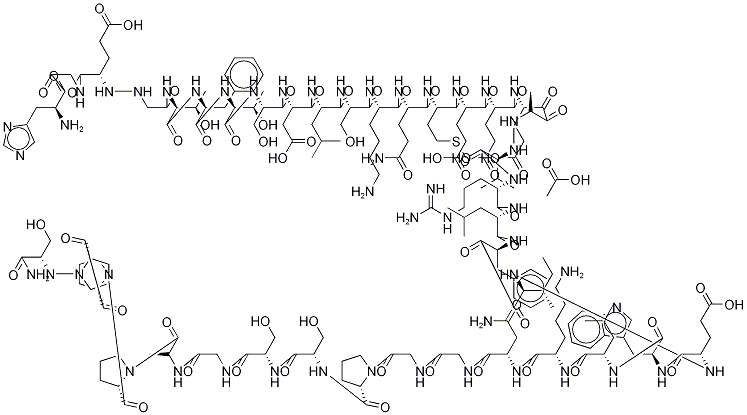
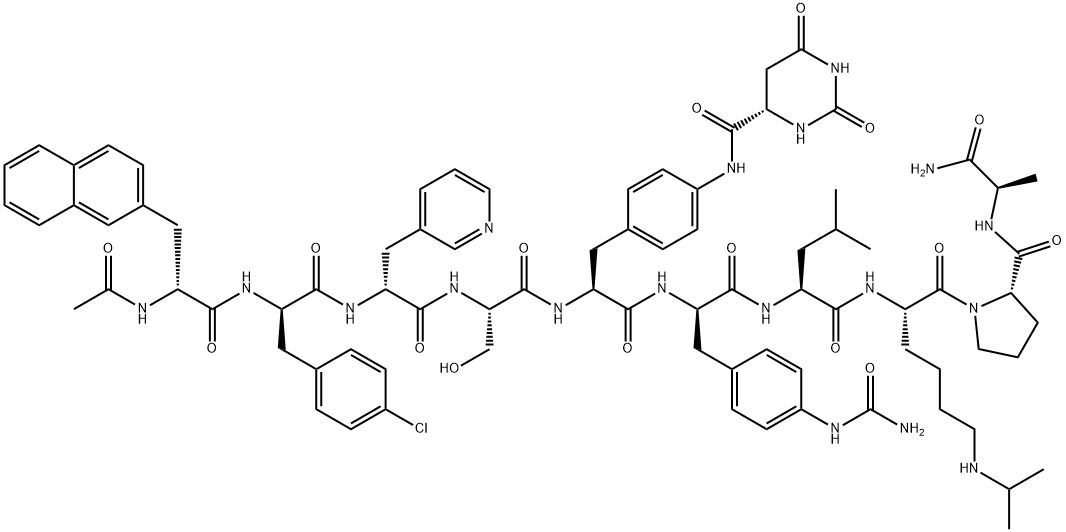
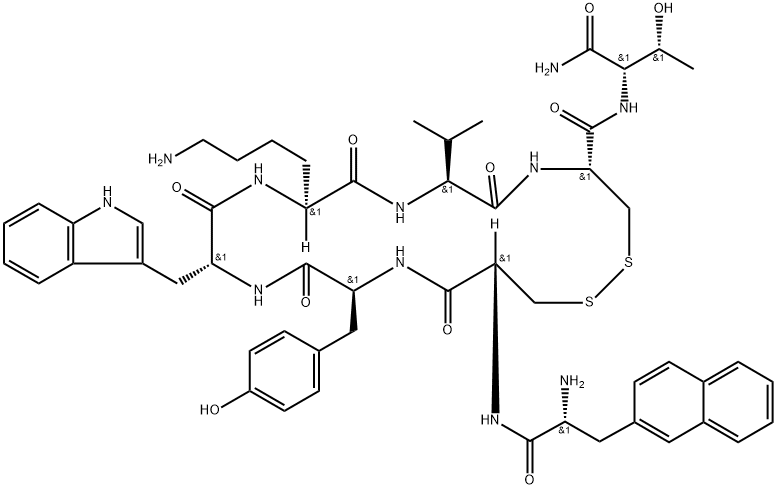

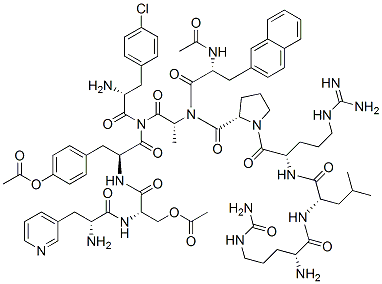

You may like
-
 2033-24-1 98%View Details
2033-24-1 98%View Details
2033-24-1 -
 1975-50-4 98%View Details
1975-50-4 98%View Details
1975-50-4 -
 2-HYDROXY BENZYL ALCOHOL 98%View Details
2-HYDROXY BENZYL ALCOHOL 98%View Details
90-01-7 -
 2-Chloro-1,3-Bis(Dimethylamino)Trimethinium Hexafluorophosphate 221615-75-4 98%View Details
2-Chloro-1,3-Bis(Dimethylamino)Trimethinium Hexafluorophosphate 221615-75-4 98%View Details
221615-75-4 -
 61397-56-6 CIS BROMO BENZOATE 98%View Details
61397-56-6 CIS BROMO BENZOATE 98%View Details
61397-56-6 -
 14714-50-2 (2-Hydroxyphenyl)acetonitrile 98+View Details
14714-50-2 (2-Hydroxyphenyl)acetonitrile 98+View Details
14714-50-2 -
 118753-70-1 98+View Details
118753-70-1 98+View Details
118753-70-1 -
 733039-20-8 5-broMo-2-chloro-N-cyclopentylpyriMidin-4-aMine 98+View Details
733039-20-8 5-broMo-2-chloro-N-cyclopentylpyriMidin-4-aMine 98+View Details
733039-20-8